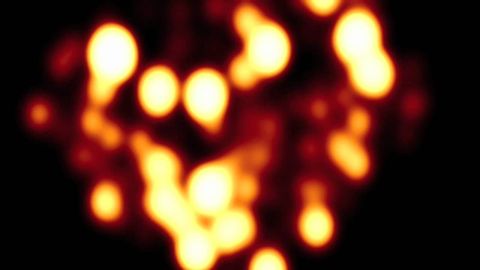
Subtitles & vocabulary
Supermassive Black Hole in the Milky Way Galaxy
00
Wonderful posted on 2013/10/10Save
Video vocabulary
black
US /blæk/
・
UK /blæk/
- Transitive Verb
- To fill in something to make it a very dark color
- Adjective
- Color of the sky on a dark night
A1
More light
US /laɪt/
・
UK /laɪt/
- Transitive Verb
- To cause something to burn; put a burning match to
- To provide a way to see ahead
- Adjective
- Being bright making it easy to see; not dark
- Being pale and lacking darkness of color
A1
More radio
US /ˈreɪdioʊ/
・
UK /ˈreɪdiəʊ/
- Noun (Countable/Uncountable)
- System of sending/receiving signals through air
- Device to listen to broadcast programs, messages
- Adjective
- Concerning the broadcasting of sound
A2
More begin
US /ˈbeɡɪn/
・
UK /bɪ'ɡɪn/
- Verb (Transitive/Intransitive)
- To do the first part of an action; to start
- To initiate or set in motion.
A1
More Use Energy
Unlock All Vocabulary
Unlock pronunciation, explanations, and filters
